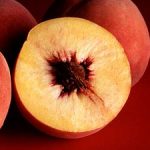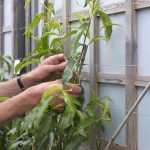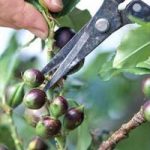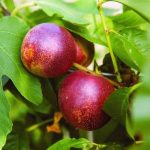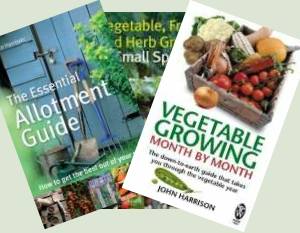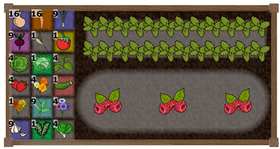Harvesting Peaches & Nectarines
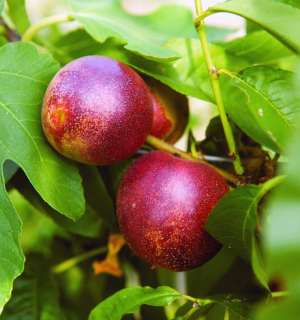
Nectarine ‘Pineapple’
Expect about 9 to 12kg (20 to 28lb) of fruit from a mature, healthy fan that hasn’t been affected by frosts or peach-leaf curl. A free-standing bush will produce as much as 20kg. Peaches and nectarines are best eaten directly after being picked from the tree.
Alternatively they can be stored in a cool place for a few days after picking. Fruits picked just before ripening will last longer and can be left to ripen in the fruit bowl. However, it is unlikely they will achieve their full potential in terms of juiciness and flavour.
Harvest time is dependent on individual varieties and weather conditions, however most peaches and nectarines grown outside will be ready in July or August. The fruit is ready for harvesting when it has fully coloured and the flesh near the stalk feels soft.
To pick the fruit should be cupped in the palm of the hand and gently lifted. It should easily come away from the tree. The tree will require regular visits for picking as the fruit will not ripen all at once.
Recommended varieties Peaches & Nectarines
Peaches
Amsden June – is an early variety – although not as early as June, usually mid-July – with a greenish-white flesh and good flavour.
Duke of York – Producing high yields this popular yellow-fleshed variety has good flavour, ripening in mid June.
Hale’s Early – Ripening in mid to late July, this attractive variety has red streaks overlying its white skin. The flesh is pale yellow.
Peregrine – A very popular peach in the UK due to its reliability, good yields and excellent flavour. It produces large white juicy flesh with superb flavour in early August.
Red Haven – this red-flushed peach has yellow flesh, excellent flavour and produces dark pink flowers in spring. The fruit is ready for picking in mid August.
Redwing – this peach is said to have some resistance to peach leaf curl. It flowers late and produces heavy yields of dark red fruit.
Rochester – This and peregrine are the two most popular peaches grown in the UK. Rochester has yellow flesh, is probably more reliable than peregrine due to its later flowering meaning that it misses the earliest of the frosts. The flavour is okay, but not as good as others. It is heavy cropping, producing its fruit in early to mid August.
Nectarines
Lord Napier – this in an old variety and yet still the most popular nectarine grown in the UK. It requires a very good site to produce heavy crops of white-fleshed aromatic fruit.
Compact varieties – these genetically dwarf varieties are ideal for growing in pots on a sunny patio.
This article is an extract from Carol Klein’s Grow Your Own Fruit & is used with permission

